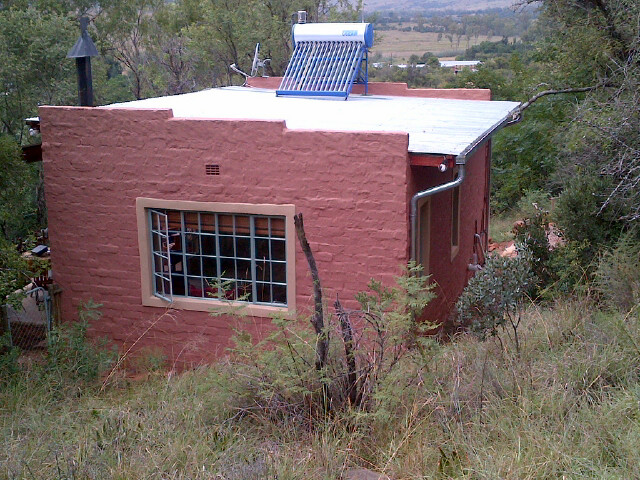On the 26 Feb I wrote that I had ordered a DVB-T Dongle in order to try out this dongle as an SDR radio as suggested in a QST article entitled 'Cheap and Easy SDR' in QST January 2013 page 31. This using the Realtek RTL2832U and Elonics tuner.
Yesterday I received the dongle and am delighted to report that I had it operational using the SDR# Software Radio App and associated custom drivers after about 30 minutes of starting to configure the drivers and software radio. I followed the directions in QST without hitch. I am not a software guru so this is saying something! I attached a wire to the dongle and immediately was able to receive local FM stations loud and clear!
Here are the steps I followed and articulated in 'software config for dummies' kind of language.
FOR WINDOWS 7 PC's/laptops. Sound card working and volume turned up.
- Download the install script from sdrsharp.com/downloads/sdr-install.zip into the Windows download folder. Move the zip folder (SDR-install.zip) to the desktop and open it.
- Open the SDR-install folder and extract the httpget.exe, install.bat, and unzip.exe to your desktop.
- Double click on the install icon on your desktop and you will see the install taking place. Give it time and after a while it will say 'install successful'
- Delete the install files (ref 2,3 above) from your desktop since you will not need them any longer.
- Look around on the desktop for a new folder now on your desktop called SDRSharp.
- Open SDRSharp and scroll down until you see an icon called ZADIG
- Plug in the dongle to a spare USB port
- Double click on ZADIG to open it
- In the window that appears you should see a box with 'Bulk-In, Interface (Interface 1) shown'
- Click on the 'install driver' box and give it a bit of time. Eventually you will see a 'driver installed successfully' box appear. This is all good. Close the window.
- Open the Device manager view in Control Panel.
- Look down the list and you should see something called LibUSB. Under this
- Bulk - In, Interface (Interface 0)
- Bulk - In, Interface (Interface 1)
- Close the Device manager since the above indicates that the drivers have been installed successfully.
- Open the SDRSharp folder (it may already be open). Scroll down until you see an 'EggBeater' icon. This is the executable. Double click on this exec to run SDRSharp.
- You should now see the GUI for SDRsharp appear. This is good!
- Press the config button and select the SDR radio called RTL-SDR/USB from a list of supported SDR radios.
- Click WFM (wideband FM)
- Stick a piece of random wire a few feet long into the dongle antenna PAL socket
- Press PLAY and presto your world will light up with the sound of static coming through the laptop speakers.
- Click on a signal and the static will turn to music! Well done!
- Now fool around to your hearts content with the settings.
- Go to tinyurl.com/blsg2or and look around for a manual on SDR# written by W9RAN.
If the above sequence does not work for you then please refer to the QST article where much more detail is given.
I really am enjoying my first exploits into the world of SDR Radio. Now I need a decent antenna.
 |
| Dongle from EZCAP. DVB-T FM DAB |
 |
| SDR on the cheap. Showing SDRSharp + Dongle + Test Antenna |
























